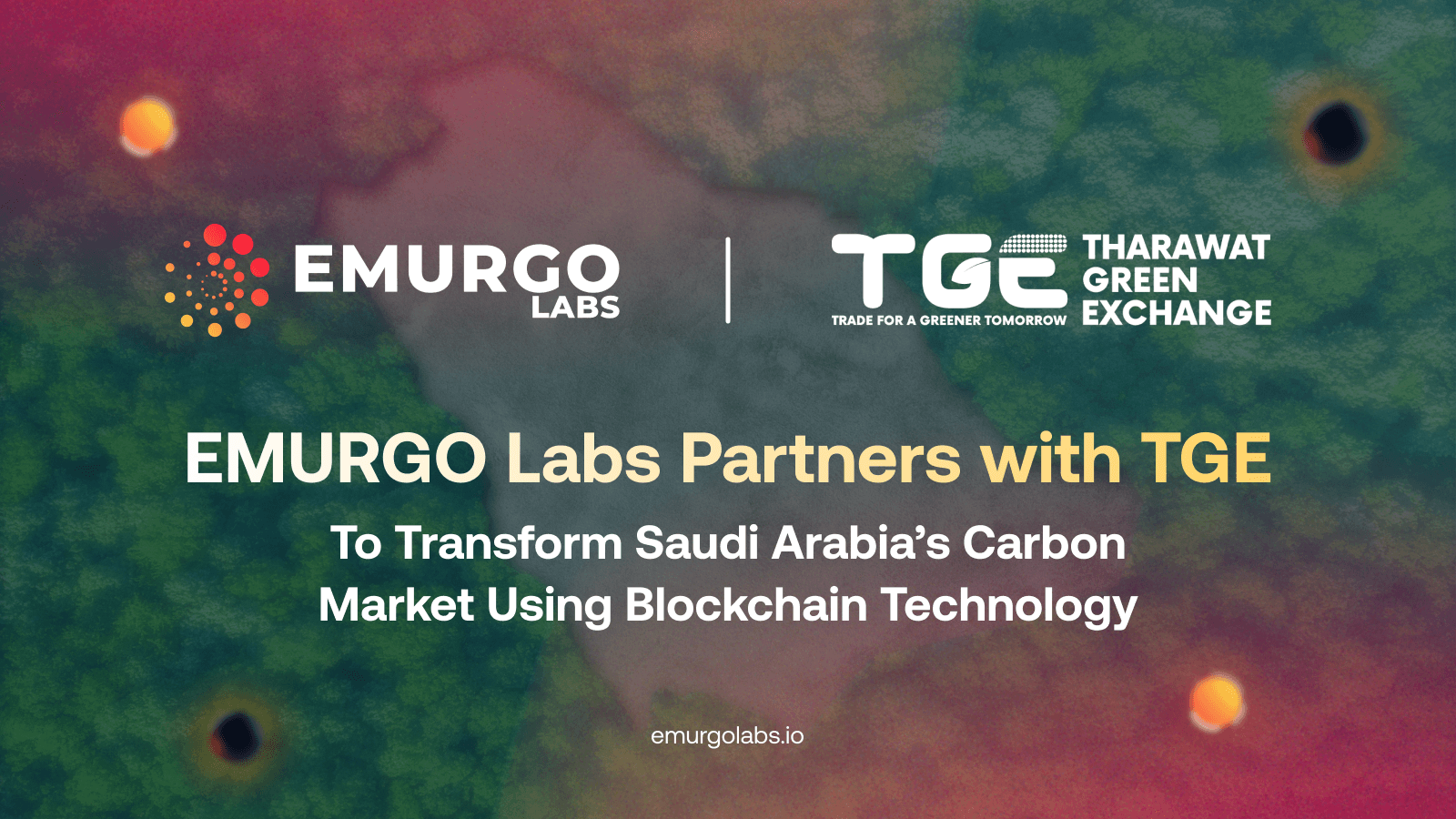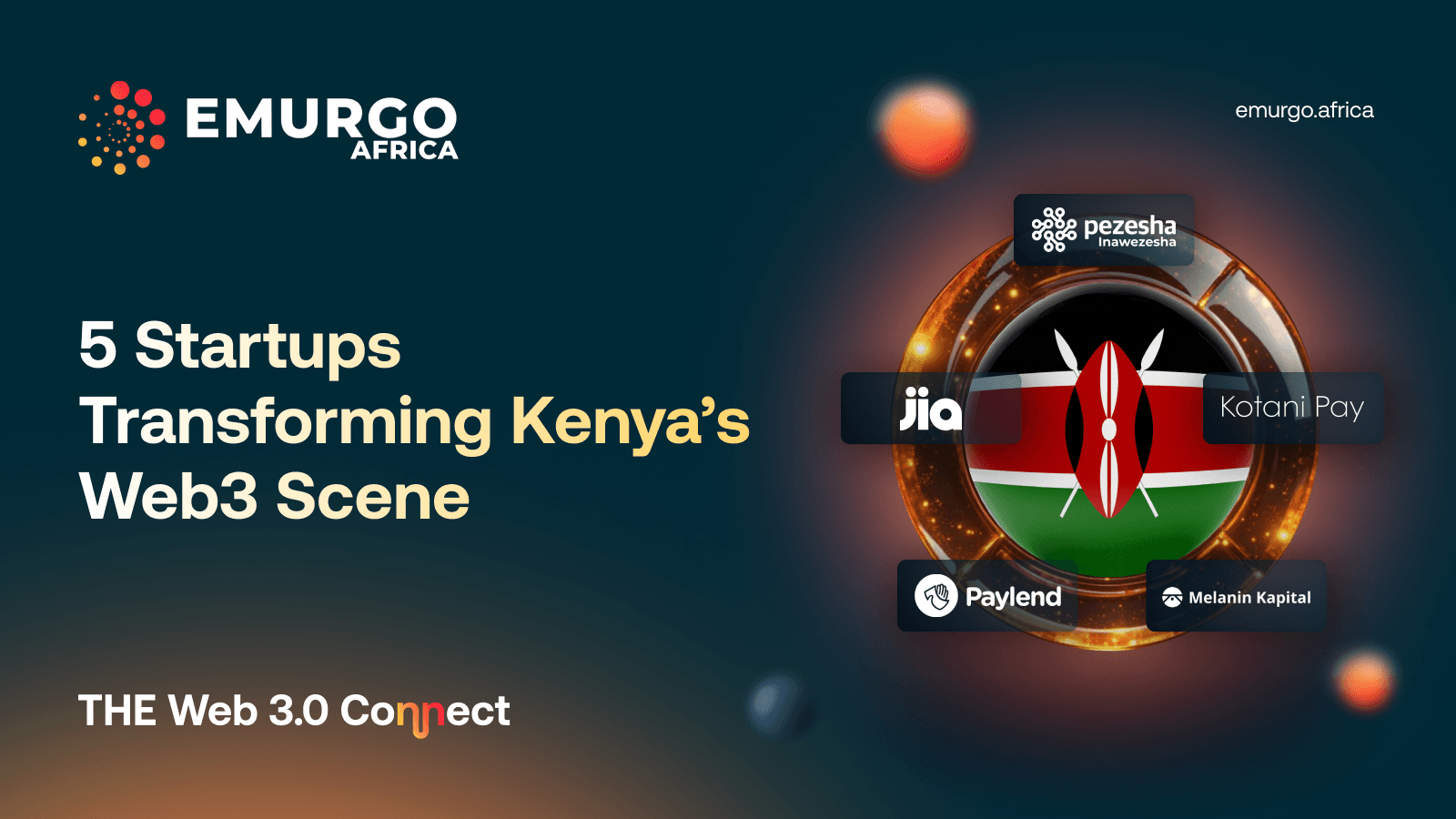Hey there! 🤗 Today, we're exploring the captivating world of blockchain and focusing on a key aspect: tokens. Curious about tokens and their types? You're in the right place! We'll explain everything here. Let's dive in! 🏊♂️
🐷
In summary, tokens can be classified into four primary categories: utility tokens, security tokens, payment tokens, and stablecoins. Utility tokens, such as Ethereum (ETH) and Cardano (ADA), enable users to interact with specific blockchain platforms, while security tokens represent traditional securities and are subject to financial regulations. Payment tokens facilitate the transfer of value within decentralized networks and can serve multiple purposes, with Bitcoin (BTC) being the most well-known example. Stablecoins maintain a stable value relative to specific assets, combining the stability of traditional assets with the benefits of blockchain technology, and can function as payment tokens depending on their use case and regulatory environment.
➡️If you think you already know the differences of utility tokens, security tokens, payment tokens, and stablecoins, you can try the quiz at the end of this article!
Below, you can jump to the topics of your interests for more detailed explanations. 👇🏾😊
Table of Contents:
- What is token?
- Different types of tokens
- (1). utility token
- (2). security token
- (3). payment token
- (4). stablecoin
- Quiz 1
What is token?
A token is a digital representation of value, ownership, or access rights that can be traded, exchanged, or utilized within a specific blockchain ecosystem🌐. Tokens are versatile and can be used to represent a wide range of items, from physical assets such as real estate and artwork️, to digital services like cloud storage and digital identities🗝️. As the blockchain industry continues to evolve, tokens have become a fundamental building block for various decentralized applications (dApps), financial services, and platforms.
Different types of tokens
Tokens can be classified into four primary categories: utility tokens, security tokens, payment tokens, and stablecoins. Each of these categories has distinct characteristics and use cases, catering to the diverse needs of the blockchain ecosystem🏗️. These categories are not exclusive each other, so some tokens belong to multiple categories.
(1). utility token
Utility tokens provide users with access to a specific product, service, or platform within a blockchain ecosystem. These tokens are designed to be used, not as an investment, but as a means to interact with a particular application. Utility tokens are often issued during Initial Coin Offerings (ICOs) or Token Generation Events (TGEs) as a way for projects to raise capital, while simultaneously providing token holders with the ability to use or interact with the project's offerings.
Some examples of utility tokens include Ethereum (ETH) and Cardano (ADA). Ethereum's native token, ETH, serves multiple functions within the Ethereum ecosystem, such as paying for transaction fees, facilitating smart contracts, and incentivizing validators to secure the network. Cardano's native token, ADA, has a similar role in the Cardano blockchain, where it is used to pay for transaction fees, enable smart contracts, and participate in staking, which helps maintain the security and stability of the network. ADA also functions as a governance token, as it allows token holders to vote on proposals and influence the development and direction of the Cardano platform.
(2). security token
Security tokens are digital representations of traditional securities, such as stocks, bonds, or real estate, and are subject to the same financial regulations as their physical counterparts. These tokens derive their value from an underlying asset and can offer a variety of benefits, including dividends, profit-sharing rights, or voting rights. Examples of security tokens include tZERO (TZROP), a tokenized security representing equity ownership in tZERO Group, Inc., and Blockchain Capital (BCAP), a token representing a limited partnership interest in a venture capital fund.
The issuance and trading of security tokens require compliance with regulatory frameworks, such as the Securities and Exchange Commission (SEC) in the United States. Security Token Offerings (STOs) provide a mechanism for companies to raise capital in a regulated environment, while benefiting from the increased liquidity, transparency, and accessibility offered by blockchain technology.
Security tokens are typically not listed on popular coin market cap rankings, as they are subject to strict regulations and cater to a different audience than utility tokens or cryptocurrencies. Instead, security tokens are often transacted on specialized security token exchanges or trading platforms, such as tZERO or Securitize, which operate within the regulatory frameworks established by financial authorities.
(3). payment token
Payment tokens, also referred to as cryptocurrencies or digital currencies, are designed to facilitate the transfer of value within a decentralized network. They function as a medium of exchange, enabling users to conduct transactions and settle payments without the need for intermediaries, such as banks or payment processors. While many tokens serve as payment tokens, not all tokens are designed primarily for this purpose.
Bitcoin (BTC) is the most well-known example of a payment token and has inspired the creation of numerous other cryptocurrencies, such as Litecoin (LTC) and Dash (DASH). These digital currencies leverage blockchain technology to provide secure, borderless, and relatively fast payment solutions.
It is important to note that some tokens can serve multiple purposes; a utility token may also be used as a medium of exchange for goods and services within that ecosystem, effectively acting as a payment token in that context (for example, ETH). A security token, on the other side, may not be suitable for use as a payment token, as it is intended to represent an ownership interest in an underlying asset rather than facilitate payments or transfers of value. In such cases, using the token as a medium of exchange could be restricted by regulatory constraints and the token's specific functionality. You can find more examples of token classification in the Answer of Quiz 1.
(4). stablecoin
Stablecoins are a unique category of tokens designed to maintain a stable value relative to a specific asset or basket of assets, such as fiat currencies, commodities, or other cryptocurrencies. These tokens aim to combine the stability of traditional assets with the benefits of blockchain technology, such as speed, security, and global accessibility.
There are three main types of stablecoins:
- Fiat-collateralized stablecoins, which are backed by a reserve of fiat currency, such as the US Dollar or Euro, held in a bank account or other trusted institution. Examples include Tether (USDT) and USD Coin (USDC).
- Crypto-collateralized stablecoins, which are overcollateralized with a basket of cryptocurrencies to maintain a stable value. Examples are Maker DAO (DAI) and Pax Dollar (USDP) which are collateralized by a variety of Ethereum-based assets.
- Algorithmic stablecoins, which rely on algorithms and smart contracts to maintain their peg to a specific asset or index by adjusting the token's supply according to market conditions. Examples include USD Digital (USDD) and FEI USD (FEI).
Each type of stablecoin has its advantages and drawbacks. Fiat-collateralized stablecoins benefit from the stability of the underlying fiat currency but may lack transparency and rely on central entities to manage the reserves. Crypto-collateralized stablecoins leverage the decentralized nature of blockchain but can be subject to the volatility of the underlying collateral. Algorithmic stablecoins aim to eliminate the need for collateral by using algorithms to control the token's value; however, they may face challenges in maintaining their peg during extreme market conditions. Most recently, in May 2022, the value of LUNA, one of the Algorithmic stablecoins, collapsed from over $120 a coin to effectively zero, wiping out over $50bn in market capitalization of UST/LUNA and causing over $400bn in losses for the broader cryptocurrency markets.
Most stablecoins can function as payment tokens, as they are designed to maintain a stable value and are often used for transactions, remittances, and trading on cryptocurrency exchanges. However, not all stablecoins may be explicitly designed or intended to serve as payment tokens. For example, a stablecoin designed primarily for use within a specific platform or ecosystem might have limited functionality as a payment token outside of that context. Additionally, stablecoins that are subject to strict regulatory requirements might have restrictions on their use as a medium of exchange.
Quiz 1
❓
How can you classify the following top 20 tokens by coin market capitalization (as of April 8, 2023) according to types of tokens as explained above or any other classifications you know?
top 20 tokens
Bitcoin(BTC), Ethereum(ETH), Tether(USDT), BNB(BNB), USD Coin(USDC), XRP(XRP), Cardano(ADA), Dogecoin(DOGE), Polygon(MATIC), Solana(SOL), Polkadot(DOT), Binance USD(BUSD), Litecoin(LTC), Shiba Inu(SHIB), TRON(TRX), Avalanche(AVAX), Dai(DAI), Wrapped Bitcoin(WBTC), Chainlink(LINK), Uniswap(UNI).
You can find the example answers on page 9 of our EMURGO Africa 2023 Q1 report or this article covering chapter 2, Token Projects on Coin Market!
Tokens are revolutionizing the blockchain ecosystem 🌐, serving diverse purposes and users. From utility tokens ⚙️, security tokens 🔐, payment tokens 💸, to stablecoins ⚖️, they're reshaping technology and business. Stay tuned 📡, stay informed 🧠, and embrace the power of blockchain and tokens in our digital world 🚀!
Follow EMURGO Africa for more information

EMURGO Africa invests and supports local Web3 projects in the region to adopt Cardano’s decentralized blockchain technology to build socially impactful solutions.
As a regional entity of EMURGO, the official commercial arm of Cardano, EMURGO Africa also runs a local Cardano accelerator in Africa, Adaverse, which accepts applications year-round.
For more up-to-date information on EMURGO Africa, follow the official channels listed below.
About EMURGO Africa
- Official Website: emurgo.africa
- Twitter: @EmurgoAfrica
- Telegram: https://t.me/emurgoafrica



